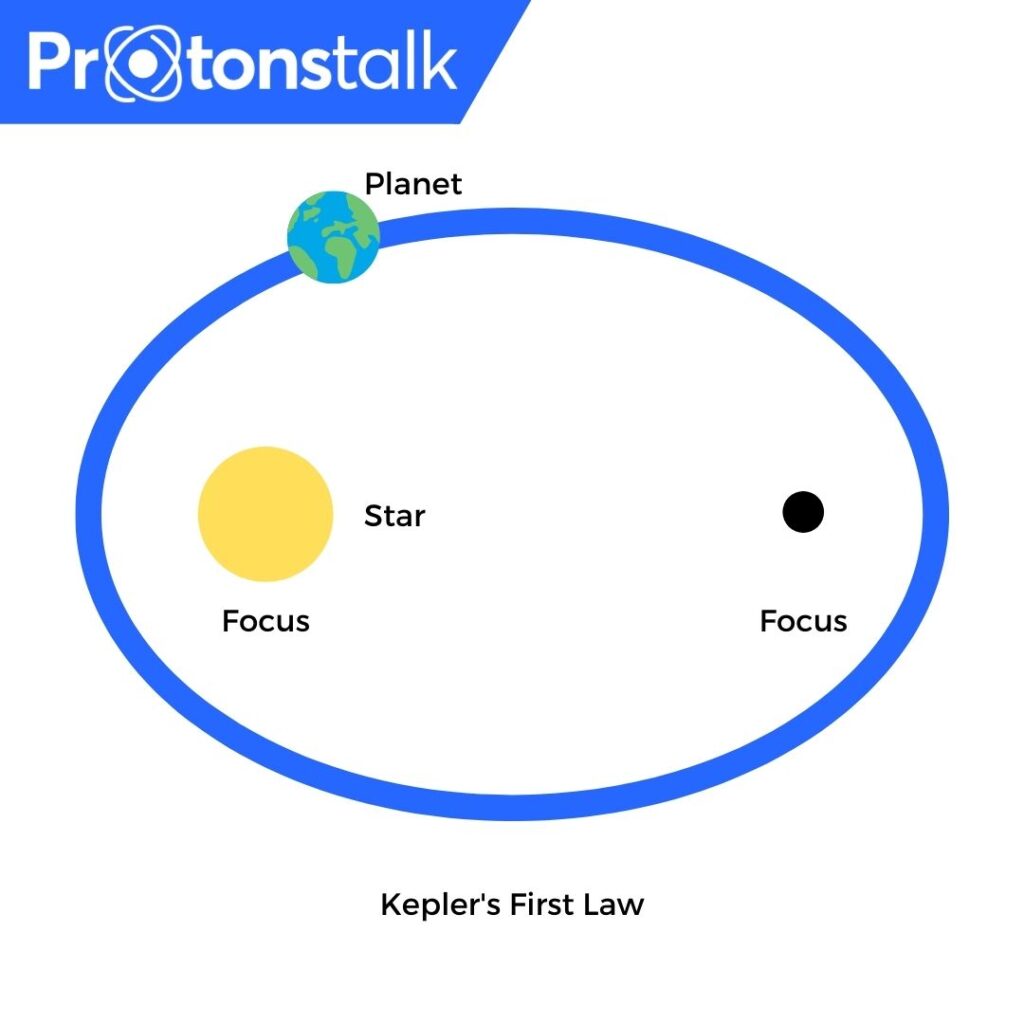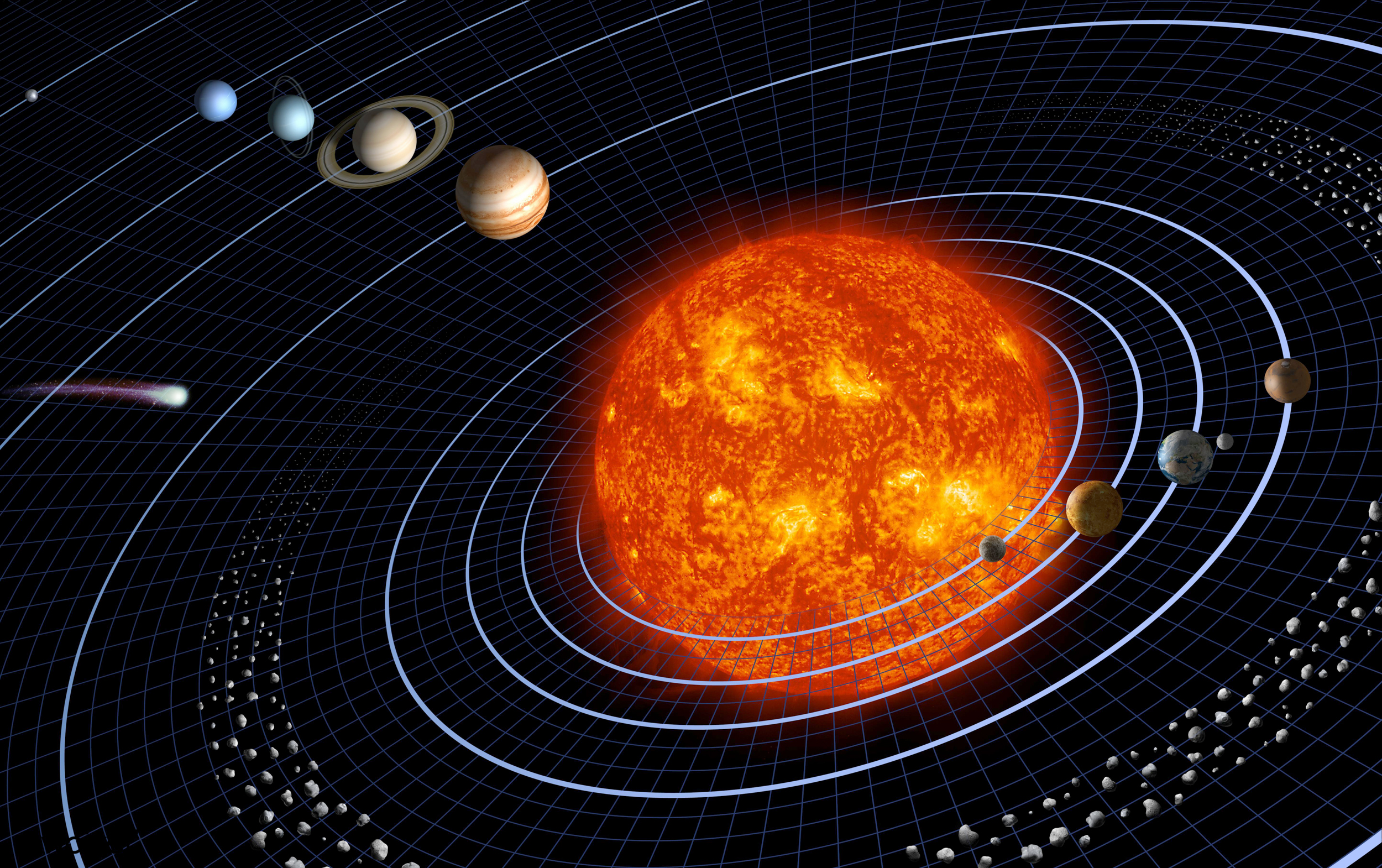In the vast expanse of the cosmos, celestial bodies dance through the void in intricate and mesmerizing patterns. For centuries, humanity gazed upon the heavens, seeking to decipher the celestial choreography. Among those who dedicated their lives to unraveling these celestial mysteries, Johannes Kepler stands as a luminary figure. His first law of planetary motion, unveiled in the early 17th century, revolutionized our understanding of how planets move through space.
At the heart of Kepler's first law lies a simple yet profound revelation, planets do not follow perfectly circular paths in their orbits around the Sun, as had been previously believed. Instead, they trace elliptical orbits. This departure from circularity opened Pandora's box of questions and insights, forever altering our understanding of the cosmos.
An ellipse is a geometric shape resembling a flattened circle, characterized by two focal points rather than a single center. In the context of planetary motion, the Sun occupies one of these foci, and the planet moves around it, tracing an elliptical path. Kepler's groundbreaking insight challenged the conventional wisdom that celestial bodies must follow circular paths due to their perceived perfection. In reality, elliptical orbits are the natural result of gravitational interactions.
Kepler's journey toward this profound discovery was not an easy one. Johannes Kepler's revelation that planetary circles are curved, not roundabout, was a consequence of his meticulous examination of observational information, remarkably the exact perceptions made by Tycho Brahe. Kepler at first looked to refine the heliocentric model proposed by Copernicus, which accepted round circles for planets. Nonetheless, when he analyzed Brahe's information for the planet Mars, Kepler found that the roundabout circle model couldn't precisely make sense of the noticed places of the planet.
Through long stretches of careful estimations and examinations, Kepler understood that an elliptical shape gave a vastly improved fit to the noticed places of Mars. This advance drove him to figure out his most memorable law of planetary movement, which expresses that planets revolve around the Sun in an elliptical orbit with the Sun at one of the foci. Kepler's shift from circles to ellipses in portraying planetary circles worked on the precision of galactic expectations as well as on a very basic level changed how we might interpret how divine bodies move, making way for another period in cosmology and the possible improvement of Isaac Newton's law of widespread attractive energy. Kepler's devotion to exact information and numerical accuracy was the way to reveal the genuine state of planetary circles and alter how we might interpret the universe.
Implications for Gravitational Theory:
Kepler's first law laid the groundwork for the subsequent development of Isaac Newton's law of universal gravitation. By recognizing that planets move in elliptical orbits due to gravitational attraction, Kepler indirectly contributed to our understanding of the universal force that governs celestial bodies' movements. The concept of elliptical orbits became a crucial component of Newton's synthesis of the laws of motion and universal gravitation.
Kepler's first law of planetary motion shattered the age-old belief in perfectly circular celestial orbits. Instead, it revealed the elegance of elliptical orbits, forever changing the way we perceive the celestial dance of the planets. This law, born out of meticulous observations and a profound understanding of the cosmos, laid the foundation for our modern understanding of gravity and planetary dynamics. Kepler's contributions to science continue to inspire astronomers and physicists, reminding us that the pursuit of knowledge about our universe is a timeless and endlessly rewarding endeavor.



Comments
Post a Comment